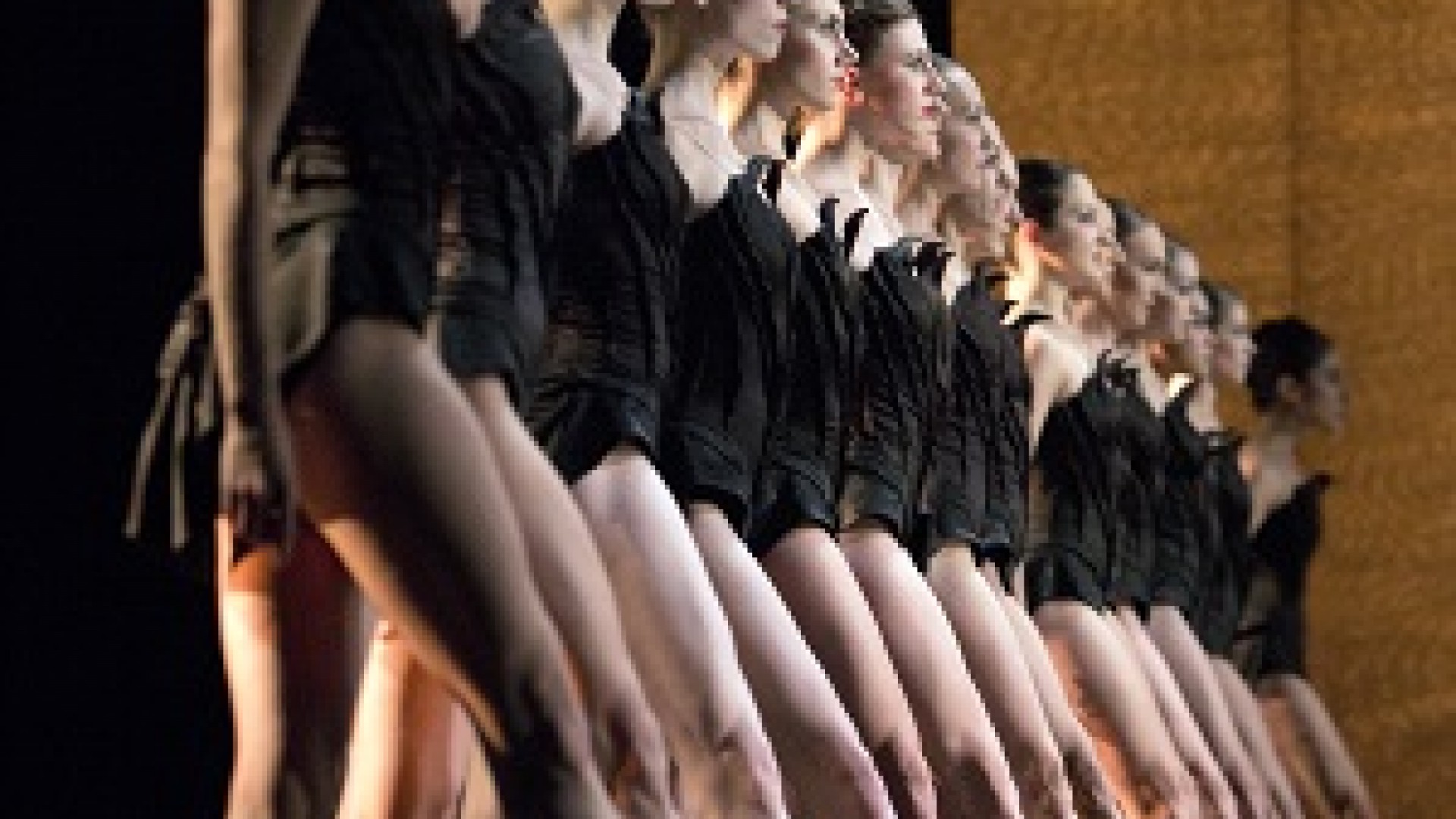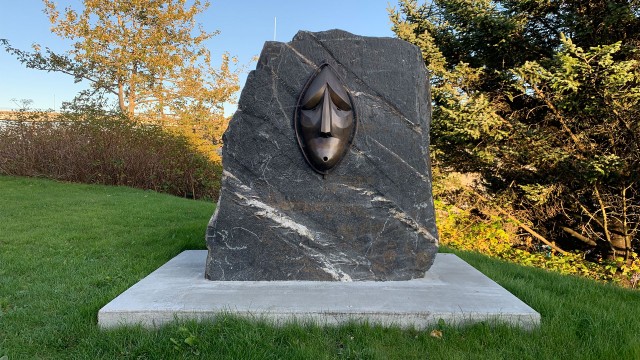
Susan M. Coliton, Philanthropy Northwest, and Sarah Sidman, ArtsFund
“[Cultural activities] enrich and expand on my understanding of what binds us together as a community, where we have come from and perhaps where we are going.”
-ArtsFund Patron Survey, 2015
Cultural organizations play a critical role in creating a vibrant, thriving economy and an engaged and connected population. ArtsFund, a Seattle-based grantmaking organization, recently published its fifth Economic Impact Study of arts, cultural and scientific organizations in the central Puget Sound region. Funding for this research included grants from Philanthropy Northwest members Bank of America, Nesholm Family Foundation, Safeco Insurance and Seattle Foundation, and support from Amazon, 4Culture, King County, the Seattle Office of Arts & Culture and Visit Seattle.
ArtsFund compiled 2014 fiscal year data from 313 cultural nonprofits — including dance, festival, heritage, interdisciplinary, music, science, theater, visual arts and arts service organizations — in King, Kitsap, Pierce and Snohomish counties, then surveyed more than 3,500 patrons during 2015.
The findings are clear: cultural organizations significantly contribute to both economic and community development.
- Fueling the Local Economy. In 2014, cultural organizations in the central Puget Sound region and their patrons generated $2.4 billion in business activity. Ticket sales accounted for one-third of patron spending, with the remaining two-thirds spent in restaurants, transportation, hotels, retail shops and child care. Cultural activity clearly drives spending in our downtowns and our neighborhoods; 75% of patrons surveyed reported the primary reason for their trip was to attend the event at which they were interviewed. Cultural organizations created jobs through their business activities and patron expenditures: supporting 35,376 direct and indirect jobs in Washington state, producing $996 million in labor earnings and benefits, while generating $105 million in tax revenue. These impacts create a ripple effect of economic activity throughout the state.
- Bringing Outside Funds to the Region. Cultural organizations also attract patrons from outside their communities. Approximately 30% of the economic impacts in our four-county region are coming from funding sources and patrons outside the region. These impacts are considered “new money” — funds that come here only due to the activities of local cultural institutions. Patrons are responsible for 75% of these new money impacts, showing cultural tourism as an economic driver.
- Fostering Participation and Civic Engagement. Annual admissions to cultural activities in 2014 totaled 13.4 million visits — more than three times the population of our four counties. Benchmarking against prior ArtsFund studies, attendance growth has well outpaced population growth over the past 20 years. The ArtsFund study further documents noticeable growth in the amount of free access provided by cultural organizations, with 42% of 2014 admissions being free or discounted. Participation in cultural activity directly correlates to an increase in civic engagement. As one patron explained, “Arts and cultural activities allow me to learn, explore, think, dream and understand. These activities increase my quality of life, reduce stress and encourage me to engage and participate in the community.” For example, the study reports that 28,849 volunteers dedicated 1.2 million hours to support cultural organizations. In addition, 14% of the income of cultural organizations came from donations by individuals, with 90% of these donations coming from within the region.
- Creating a More Connected Community. Whether cited as a reason to move here or as a reason to stay, cultural activity was identified as integral to the region’s livability and quality of life. In the surveys, patrons expressed how cultural activity leads to a more connected population, where diverse groups can share common experiences, hear new perspectives and better understand each other. Patrons stated that “developing our knowledge of culture is critical for understanding others and critically examining ourselves" and “I feel very fortunate to be in a city that appreciates the role culture plays in society, it keeps us human and expands our perception of the world around us.”
- Building SkilIs in Young Audiences. Of all the admissions to cultural organizations in 2014, 1.2 million were visits by K-12 students provided with free or discounted admission through educational programs — a number that is twice as high as our region's school-age population. This indicates that cultural organizations are providing opportunities for repeat exposure to the arts, giving our children a greater chance of success in school and beyond. Early exposure to the arts improves educational outcomes and builds confidence, creativity and discipline in our children, teaching them about empathy, creative problem solving and self-expression.
ArtsFund’s Economic Impact Study reminds us that arts and cultural organizations advance many strategies used by funders to strengthen communities. Whether your focus is on improving education, strengthening outcomes for youth, or building stronger neighborhoods, the arts can be a robust tool to achieve your goals. For more information on how the arts can advance your philanthropic goals, contact a Philanthropy Northwest member organization that supports this sector and look through the resources offered by Grantmakers in the Arts.
Susan M. Coliton is a past chair of Philanthropy Northwest. Sarah Sidman is director of strategic initiatives and communications at ArtsFund, a Seattle-based nonprofit that has been strengthening the Puget Sound community by supporting the arts through leadership, advocacy and grant-making since 1969. She can be reached at sarahsidman@artsfund.org.
Photo Credits: Pacific Northwest Ballet performance by Angela Sterling; Seattle Symphony audience by Ben Van Houten.
